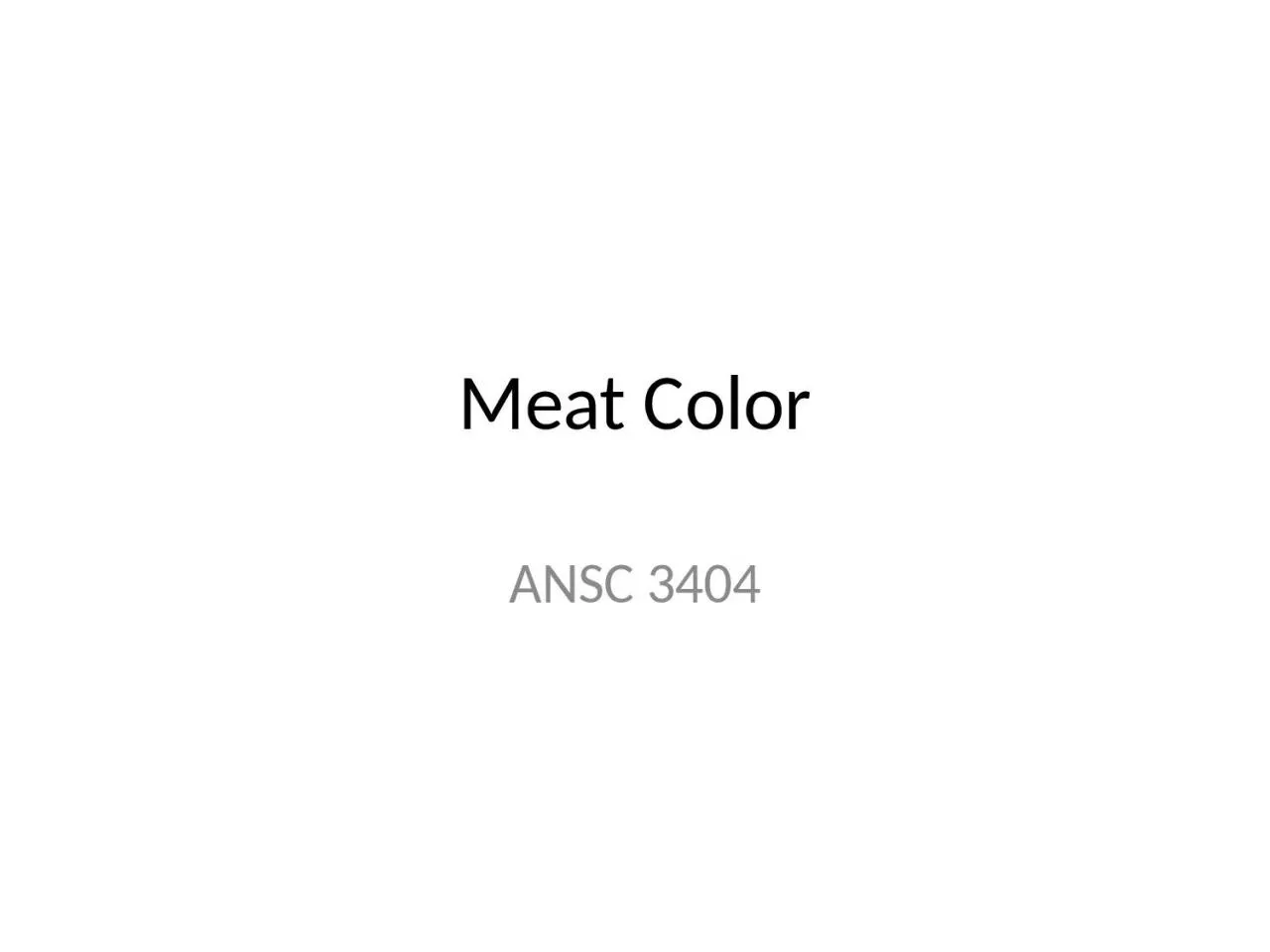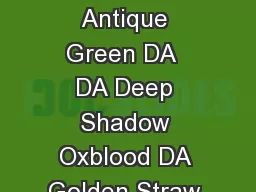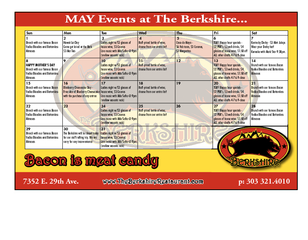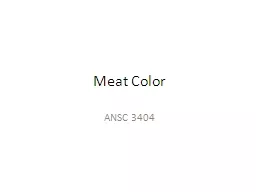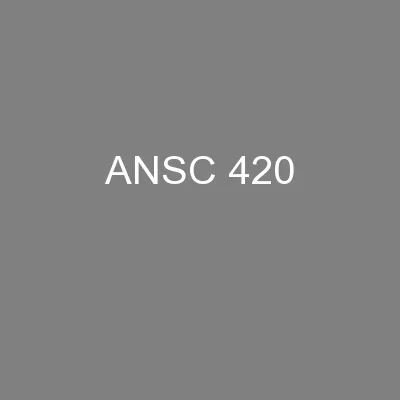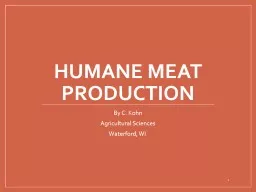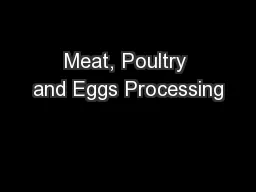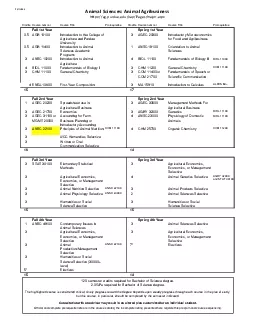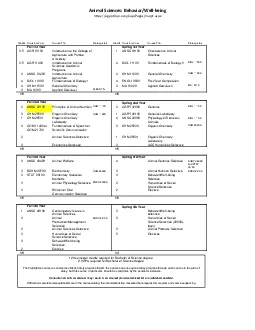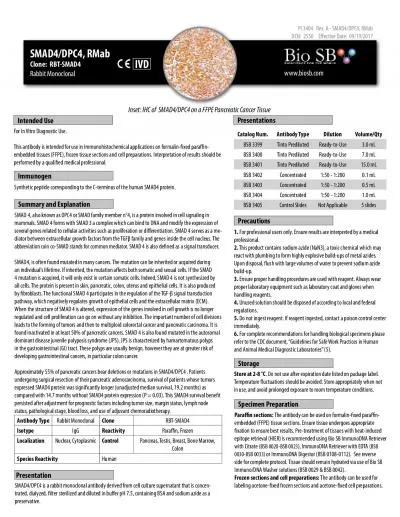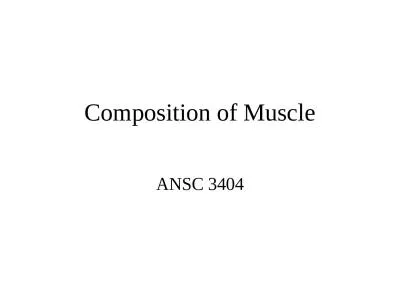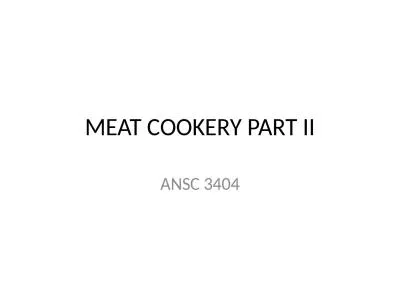PPT-Meat Color ANSC 3404 Meat Color
Author : unita | Published Date : 2023-11-08
Meat color is very important because it affects consumer purchase decisions Research continues to find ways to improve the length of time a product stays bright
Presentation Embed Code
Download Presentation
Download Presentation The PPT/PDF document "Meat Color ANSC 3404 Meat Color" is the property of its rightful owner. Permission is granted to download and print the materials on this website for personal, non-commercial use only, and to display it on your personal computer provided you do not modify the materials and that you retain all copyright notices contained in the materials. By downloading content from our website, you accept the terms of this agreement.
Meat Color ANSC 3404 Meat Color: Transcript
Download Rules Of Document
"Meat Color ANSC 3404 Meat Color"The content belongs to its owner. You may download and print it for personal use, without modification, and keep all copyright notices. By downloading, you agree to these terms.
Related Documents

